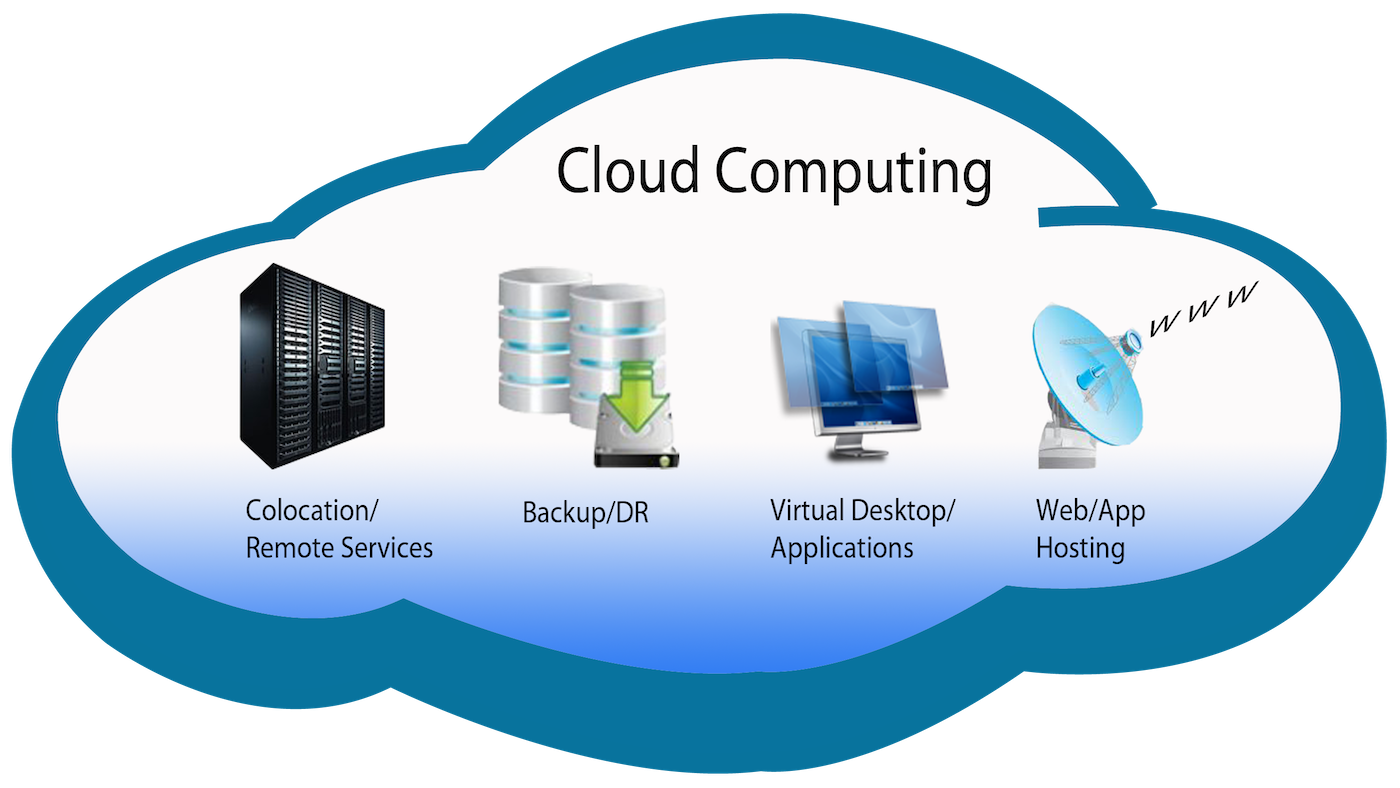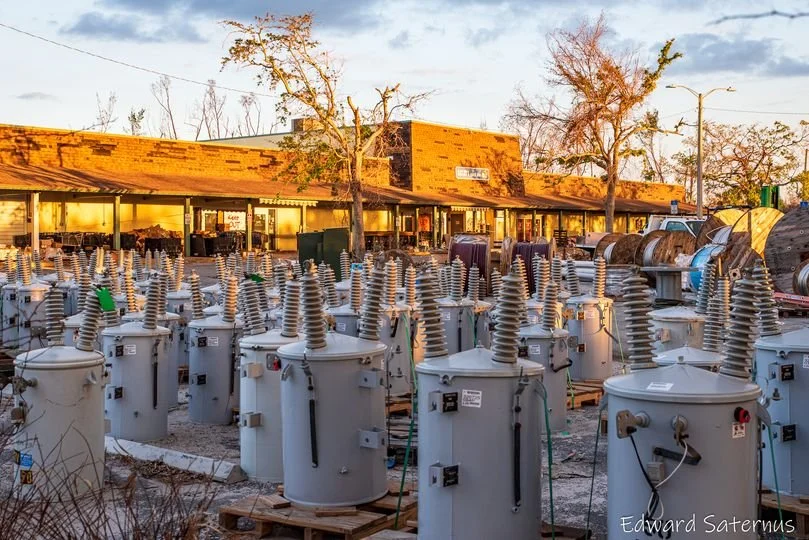
FERC and RUS Accounting for Electric Construction
Investing in technology tools for electric field construction will lead to immediate benefits
The adoption of technology and digitalization in the electric industry varies and doesn't always correlate with the size of the cooperative or utility. Regardless of the utility's size, implementing technology can enhance efficiency and address challenges such as record accuracy and staffing shortages.
Conservative Accounting - Best Practices for Your Financials and Ratepayers?
An overly conservative approach in accounting can result in missed opportunities to optimize business management and enhance customer service.
How can this lead to missing opportunities to improve cost recovery, stabilize revenues, and smooth customer rates?
Electric Construction Capital Budgeting
Creating a capital budget involves planning for significant long-term investments in assets or projects. Sounds easy?, but it is a combination of long-term forecasting of system needs, financing (debt and equity), and impact on rates. Here is a framework that is effective.
FERC and RUS Accounting - Electric Construction Equipment Costs
A challenge in many utilities is correctly recording equipment used on projects. The main bottleneck is the flow of information from the field construction to the finance office - if the hours of use are not recorded, there’s no way that amounts can be added to projects. There are best practices in this area that can streamline the process and provide needed information with minimal work. Here are 5 ways to reduce headaches and congestion in this area.
GASB 89 and AFUDC - Help or Hurt Electric Ratemaking?
GASB 89 requires municipal electric utilities to expense construction period interest. This does a dis-service to current electric ratepayers but there is an exception that gives a more reasonable outcome. We'll discuss the options.
Five Reasons to Regularly Update Overhead Allocations
In the utility business, overhead costs can be greater than the direct costs of a project, i.e., labor and inventory. An effective overhead calculation process is one crucial factor in ensuring that infrastructure costs are recovered in customer rates.
FERC Issues Order 898 - New Accounts for Renewable Electric Assets
Electric utility finance and accounting professionals can rejoice! FERC has solved your dilemma regarding accounting for renewable energy fixed assets and the related software specific to each operational area.
With the issue of Order 898 - FERC has upgraded its chart of accounts to include the account number for:
- Solar production
- Wind production
- Other renewable production
- Energy storage
Great Fixed Asset Records - Developing Electric Standard Units Following FERC and RUS
Using FERC and RUS "standard units" in utility construction and accounting for construction cost processes is the foundation of electric rate recovery. This is Step 1 in the electric construction accounting process and this article walks you through the process.
AFUDC is a Key Construction Cost in the Power and Utilities Industry
The FERC defined allowance for funds used during construction (AFUDC) should be part of the cost of every electric project. This cost of capital, represents the investment the utility or electric cooperative is making in providing service to customers. The impact of not including all costs will be felt in future years when it is time for asset replacement. A utility could find itself in the position of not having recovered the total cost of assets in customer rates, thus not generating sufficient funds to pay for the replacement of the related assets. This article discusses the rate impact of including AFUDC.
What is CIAC Accounting? What are Contributions in Aid of Construction?
CIAC accounting is accounting for amounts paid by developers, customers, and governments for reimbursement of electric assets that a utility or co-op is constructing to serve them. CIAC accounting is straightforward for electric co-ops and private sector utilities, but complicated for GASB-following municipal utilities. We discuss the methods and some alternatives.
Where You Classify Electric Assets Directly Impacts Rates
The FERC Chart of Accounts sets the standard for electric fixed assets accounting. This case study presents an electric utility seeking to strengthen its work order fixed asset processes. The solution took time, but the outcome was spot-on. This article is a bit technical, but if your electric co-op or utility is considering addressing deficiencies in its fixed assets, this is a detailed approach that will be a winner.
How to “Shrink” Electric Fixed Asset Records to Build a Better Accounting Process
Using FERC and RUS accounting and best practices can provide a firm foundation for infrastructure costing and historical fixed asset reporting. Electric fixed asset records that are not accurate can have a negative impact on customer rates. This post discusses that linkage and how the issue may be resolved.
FERC and RUS Construction Overhead Methods - Best Practices
In FERC work order accounting, overhead costs are part of the universe of costs that should also be charged to construction projects - along with the direct costs of utility construction - direct labor and materials. These costs fall under the umbrella of "overheads" and can sometimes be close to or above a project's direct labor and inventory costs.
This article is a high-level discussion of utility construction overheads, i.e. their make-up, calculation, and application.
Better Project Accounting Using FERC and RUS Accounting Standards
Electric work orders are the not-so-secret sauce that drives electric rates. Using work orders for projects is the industry best practice. Still, if all costs are not recorded, the customers will not fully reimburse your electric utility or cooperative for the total costs of capital replacement. Cash flow will suffer, directly impacting customer service and system reliability.
Electric Impairment Accounting Using ASC 360 and GASB 42
As the power supply base of the electric industry moves to more renewables, you might find some of your traditional supply assets are not economical. These uneconomical assets might be impaired for accounting purposes. How do you determine the amount of an impairment, and more importantly, determine how to recover an impairment loss in electric rates? We show you how.
Best Practices Using FERC and RUS Accounting to Record Project Overheads
Electric overhead costs are the icing on the cake of an electric project - while the cake contains most ingredients, a cake is not a cake without frosting. This frosting is made up of the overhead costs that make the construction process possible.
















